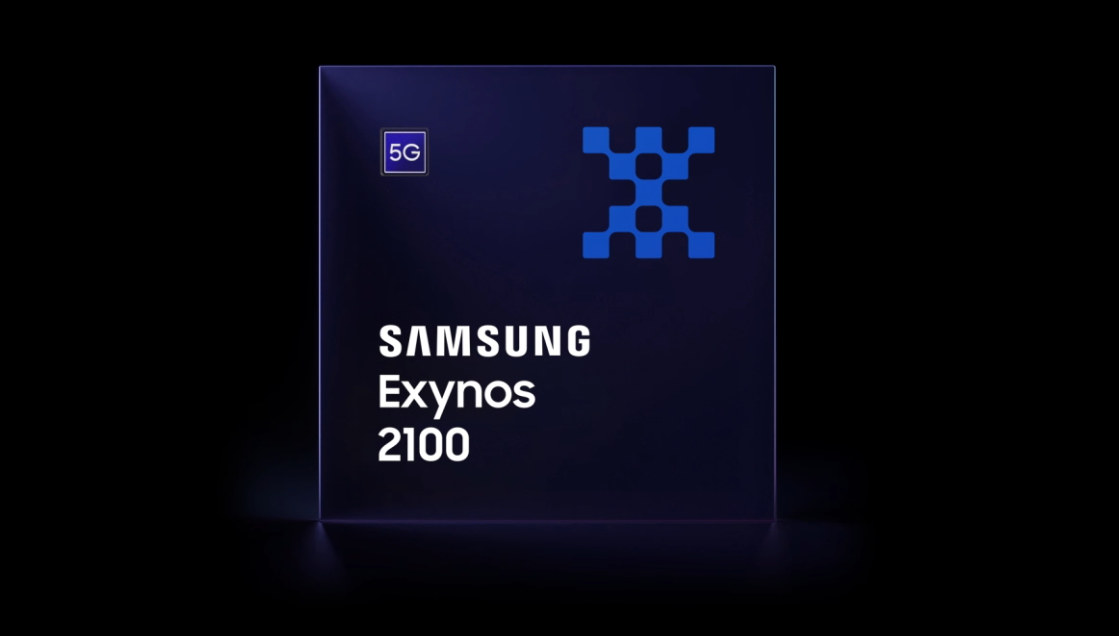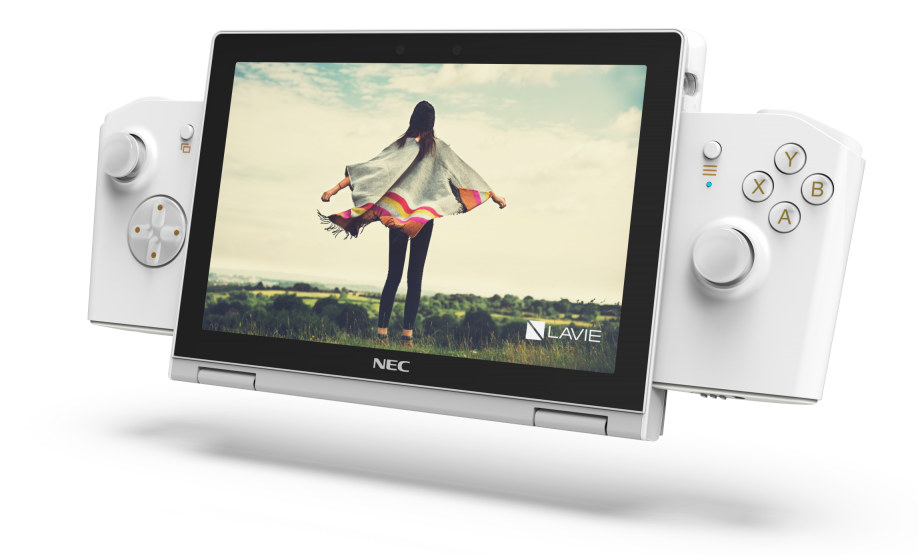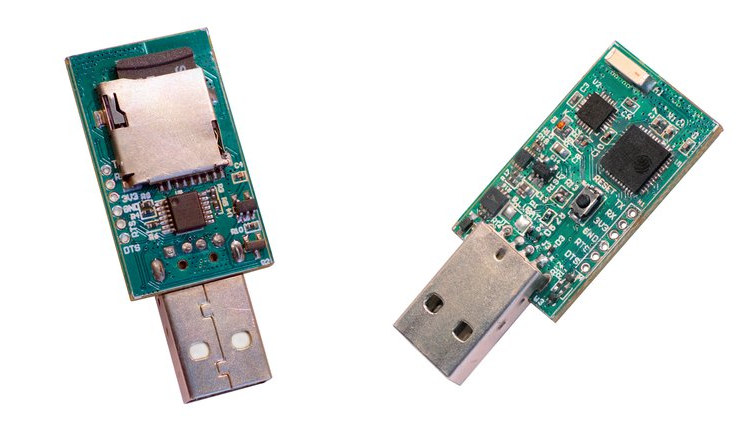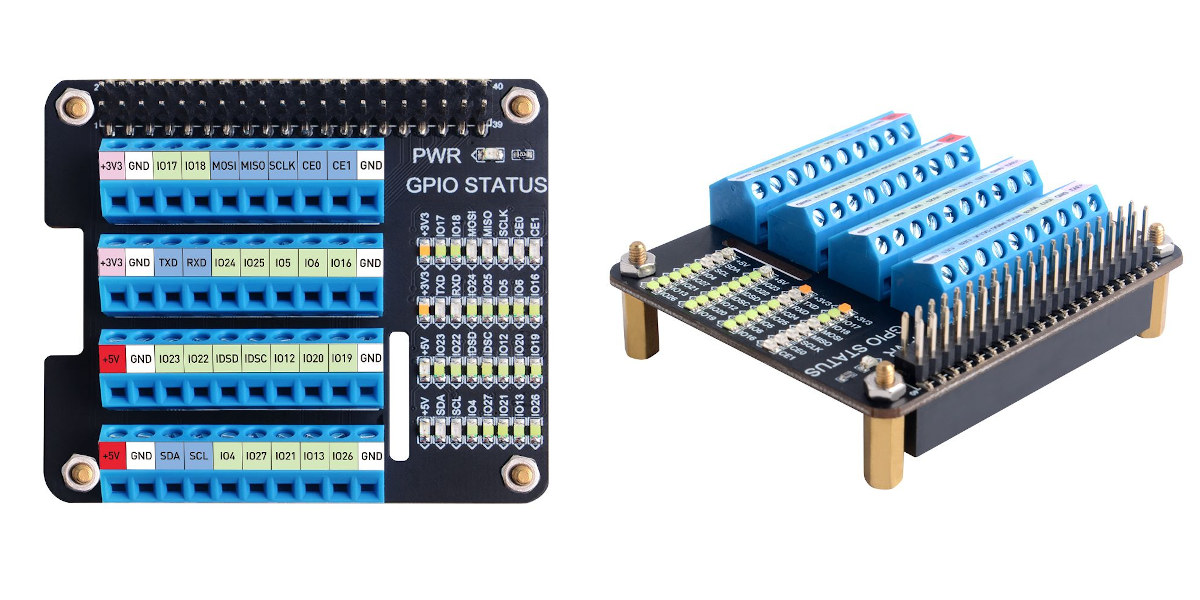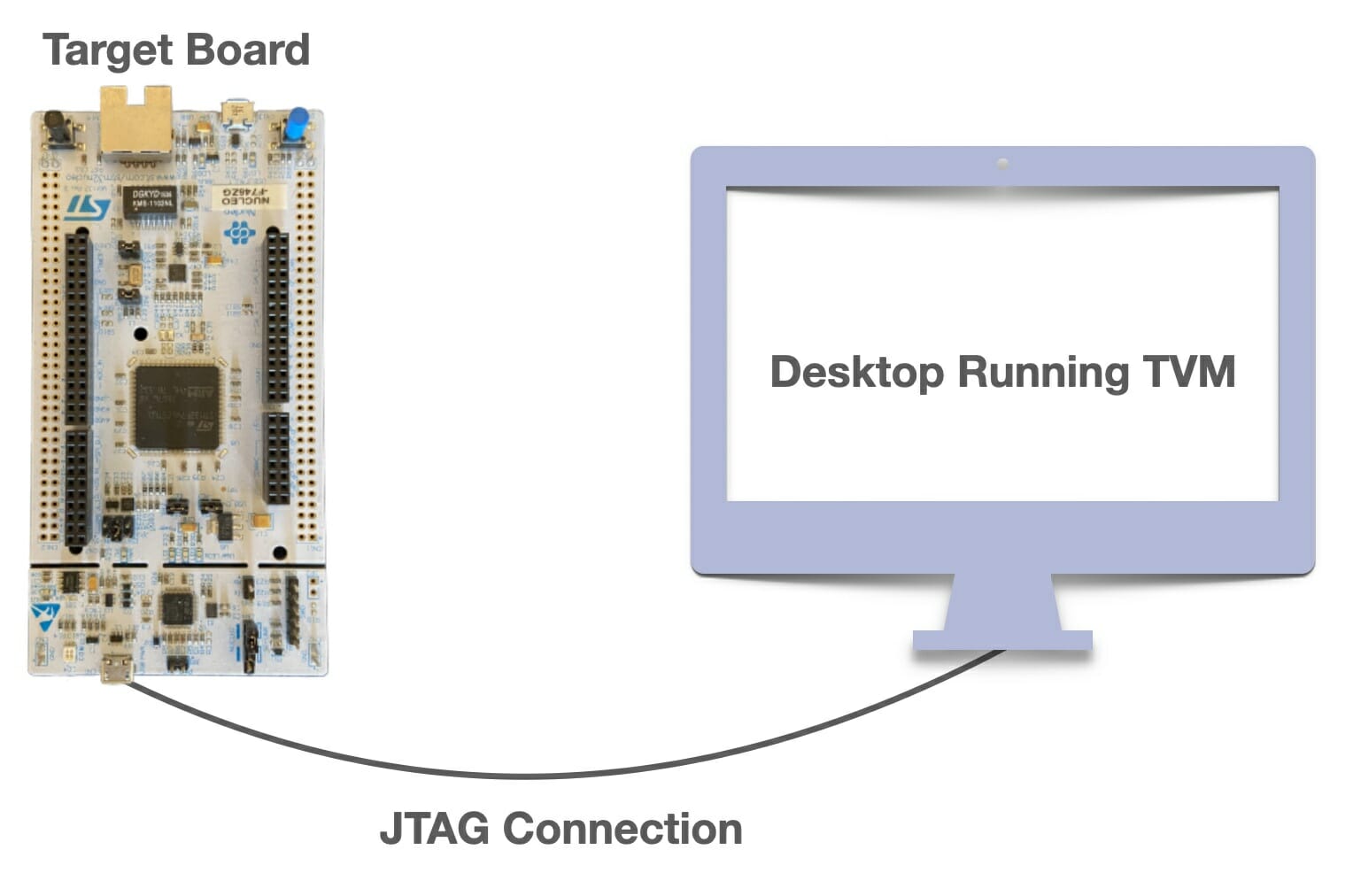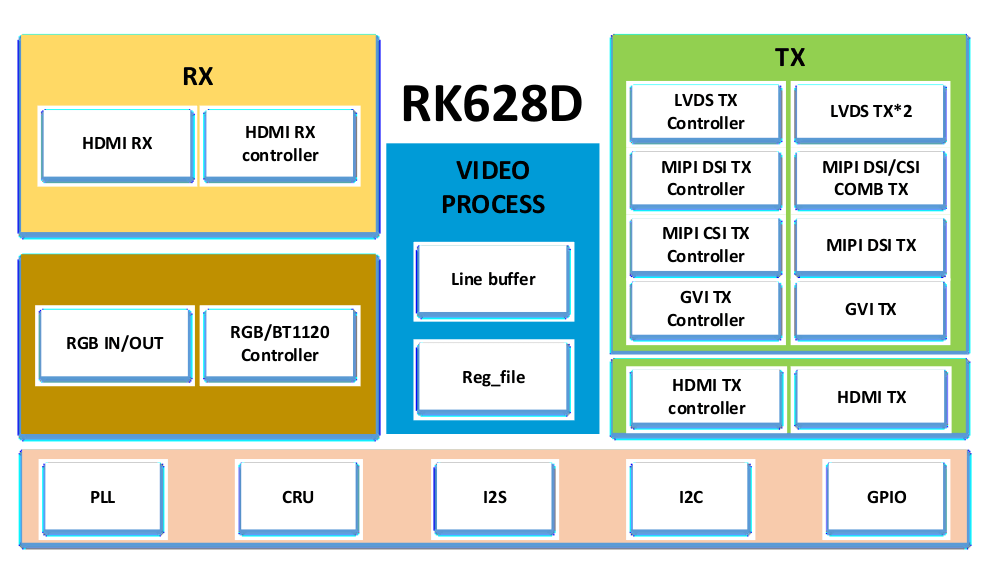Following the introduction of Qualcomm Snapdragon 888 5G premium processor last December, Samsung has now unveiled the Exynos 2100 5G mobile SoC with many of the same features and specifications. The new 5G processor notable features a similar eight-core design with one Cortex-X1 core, three Cortex-A78 cores, and four low-power Cortex-A55 cores, 26 TOPS of AI computing, support for 4K UHD displays, as well as a 5G modem built into the chip. Samsung Exynos 2100 key features and specifications: SoC – Octa-core processor with Single-core Cortex-X1 @ up to 2.9GHz Triple-core Cortex-A78 @ up to 2.8GHz Quad-core Cortex-A55 @ up to 2.2GHz GPU – Mali-G78 MP14 AI Accelerator – 26 TOPS triple NPU Memory – LPDDR5 (51.2GB/s) Storage – UFS 3.1 Display – 4K/WQUXGA @ 120Hz max, QHD+ @ 144Hz max; HDR10+ support Cellular Modem 5G NR Sub-6GHz 5.1Gbps (DL) /1.92 Gbps (UL) 5G NR mmWave 7.35Gbps (DL) /3.67 Gbps […]
Lenovo LAVIE MINI 8-inch mini laptop to come with optional desktop and gaming docks
In the last two years or so, we’ve seen several so-called mini laptops with screen sizes from 5-inch to 8-inch mostly from smaller companies like GPD and One Netbook, but also CHUWI to a lesser extent. Now Lenovo has entered the fray with LAVIE MINI mini laptop powered by an Intel Tiger Lake processor and equipped with an 8-inch touchscreen display. The device is also offered with optional accessories including an HDMI desktop docking station and a gaming dock with two game controllers. Lenovo LAVIE MINI preliminary specifications: SoC – Intel Tiger Lake with Intel Xe graphics up to Intel Core i7-1180G7 SoC System Memory – 16GB LPDDR4x-4266 dual-channel memory (soldered) Storage – 256GB SSD Display – 8-inch touchscreen display with 1920 x 1200 resolution, 400 nits brightness Audio – 1.5W stereo speakers Camera – IR camera with Windows Hello face recognition Connectivity – WiFi 6 & Bluetooth 5.1 User […]
Maypole MicroSD card reader comes with ESP32 for WiFi, smart storage (Crowdfunding)
Several years ago, we covered Zsun WiFi card reader a tiny USB card reader with WiFi and a battery that allowed users to access files via USB or WiFi from any device. People managed to hack the device and run OpenWrt on the little MicroSD card reader, but this required either to open the hardware and do some soldering, or use another method that could potentially brick the hardware, so not an ideal solution. But now Akshar Vastarpara has come with a similar device. Maypole is an open-source hardware MicroSD card reader powered by Espressif ESP32 processor providing both WiFi and the resources for smarter storage. It comes with an optional battery too to access files even without having to connect it to a USB port. Maypole hardware specifications: Storage – Swappable MicroSD cards up to 32GB Wireless Connectivity WiFi 2.4 GHz WiFi 4 via ESP32 WiSoC, Up to 4 […]
GameSir x2 Type-C game controller transforms your phone into a gaming console
In recent days, we’ve written about Arm-based portable retro-gaming consoles running Linux or Android with products such as ODROID-Go Super and KT R1. The former is affordable at $80, but people may complain about performance, while the latter is much more powerful, but is expected to cost around $200. If you’d like a rather powerful portable retro-gaming console, but don’t plan to spend more than the $80 asked for Odroid-Go Super, you could always connect your smartphone to GameSir x2 gamepad/game controller that brings most of the same buttons and joysticks through the USB-C port of your phone and sells on Banggood for $69.99 shipped. GameSir x2 key features and specifications: Host interface – USB-C port that can rotate by up to 51° during installation Max phone length – 167 mm User inputs – 2x analog joysticks, D-Pad, XYAB buttons, L1/2 and R2/3 buttons, home button Power Consumption – Around […]
GPIO screw terminal HAT for Raspberry Pi adds LEDs and GPIO markings
Screw terminals provide a more secure way of connecting wires to products that may be exposed to vibrations and shocks, and in the past, we’ve seen Pi-oT MKR module enclosure that routes Raspberry Pi GPIO’s to screw terminals, and also happens to include a breadboard area. 52Pi has come up with another product with screw terminals designed for Raspberry Pi boards, but more geared towards education as the company’s “GPIO screw terminal HAT for Raspberry Pi” exposes all I/Os from the 40-pin expansion headers and adds an LED to each pin. That means you don’t need to search for “Raspberry Pi pinout diagram” on the web or reach out for a printout each time you plan to wire your project as the main function of each pin is clearly marked on each screw terminal. It’s an easy way to teach about GPIO since the LED will be turned on and […]
Use AutoTVM and uTVM to optimize ML workloads on embedded devices & microcontrollers
We are seeing a massive increase in resource-constraints for embedded devices due to a lack of mature software stacks. With the increase in open-source hardware, the available software support takes a considerable amount of time to develop AI/ML/DL applications. Some of the challenges faced today are that bare-metal devices do not have on-device memory management, and they do not have LLVM support. They are also hard to debug because of rigid programming and cross-compilation interfaces. Due to this, “optimizing and deploying machine learning workloads to bare-metal devices today is difficult”. To tackle these challenges, there have been developments to support TVM, an open-source machine learning compiler framework for CPUs, GPUs, and machine learning accelerators, on these bare-metal devices, and Apache TVM is running an open-source foundation to make this easy. “µTVM is a component of TVM that brings broad framework support, powerful compiler middleware, and flexible autotuning and compilation capabilities […]
RK628D adds HDMI input, extra video outputs to Rockchip processors
If I’m asked about a Linux or Android platform with HDMI input, I would immediately think about Realtek RTD1295 SoC with products like Zidoo X9S or X2 TV stick which enabled picture-in-picture (PiP), UDP/TCP broadcast of HDMI input, or PVR functions. Some Rockchip boards such as Orange Pi RK3399 SBC do come with both HDMI output and HDMI input, with the latter relying on a Toshiba TC358749XBG HDMI interface bridge IC. But Rockchip has decided to design its own HDMI input chip with Rockchip RK628D supporting HDMI, parallel RGB or BT.1120 as input and dual MIPI, dual LVDS, GVI (general video interface), parallel RGB, or BT.1120 as outputs. The new chip would enable PCB designers to add display output ports to application processors such as RK3288 or RK3399, or add an HDMI input interface. Rockchip RK628D key features and specifications: Video input interfaces HDMI 1.4/2.0 RX interface up to 4Kp60 […]
Picovoice supports custom wake word, offline voice recognition on Raspberry Pi
ReSpeaker 4-mic array is a Raspberry Pi HAT with four microphones that can work with services such as Google Assistant or Amazon Echo. It was launched in 2017. So nothing new on the hardware front. What’s new is the expansion board is now supported by Picovoice that works much like other voice assistants except it allows people to create custom wake words and offline voice recognition. Picovoice is described as an end-to-end platform for building customized voice products with processing running entirely on-device. It is cross-platform, is said to be more resilient to noise and reverberation, and thanks to running offline, it offers low-latency and complies with HIPAA and GDPR privacy regulations. The platform is comprised of two main engines: Porcupine lightweight wake word engine that supports custom wake words trained through PicoVoice console. The engine can listen to multiple wake words and is cross-platform with support for Raspberry Pi, […]


